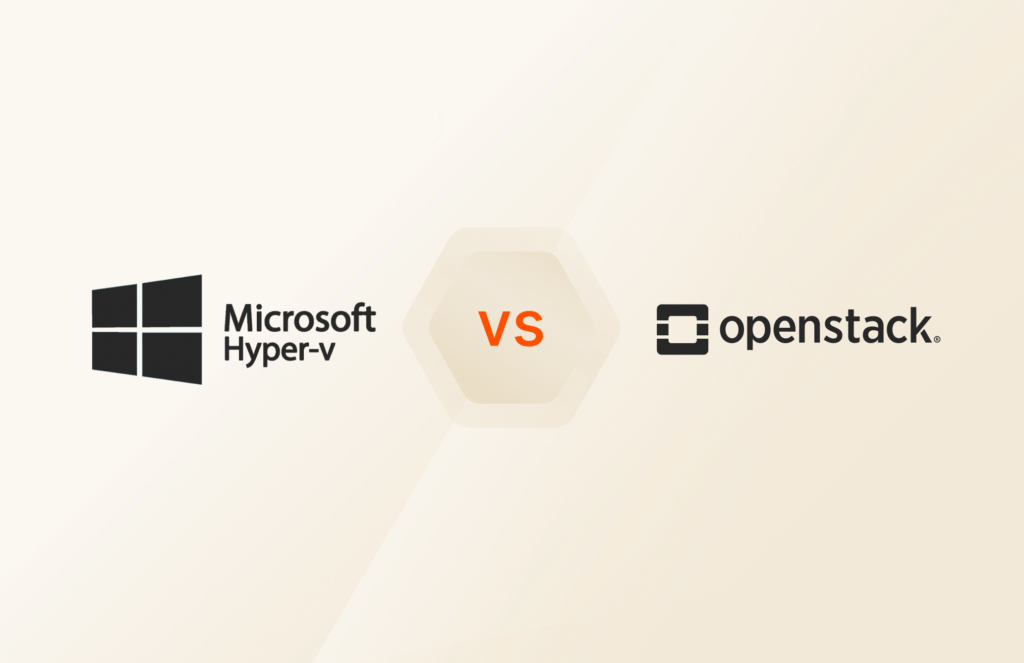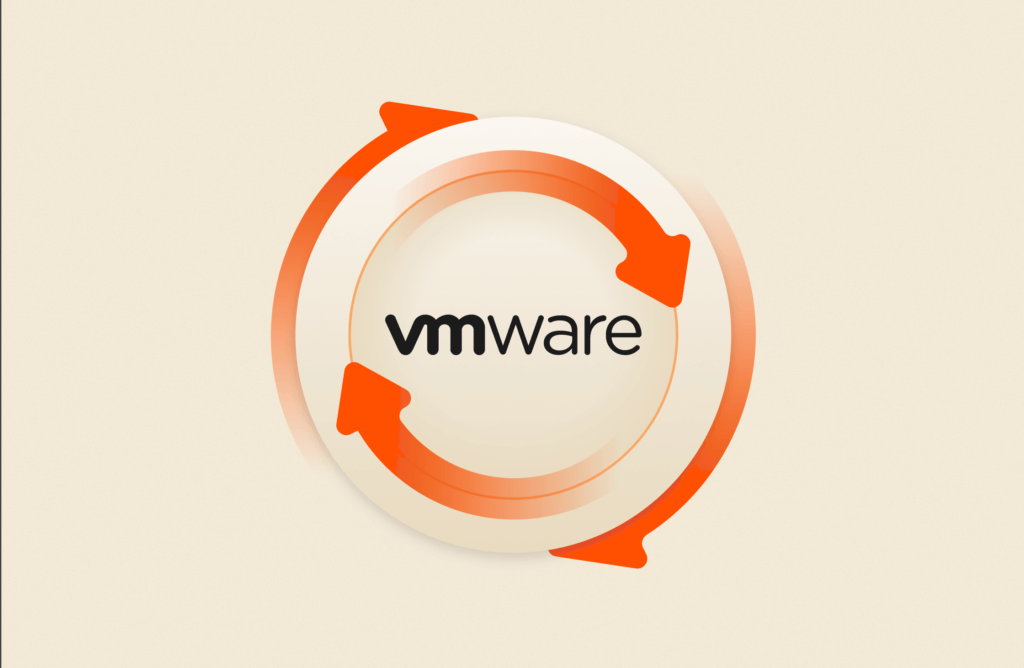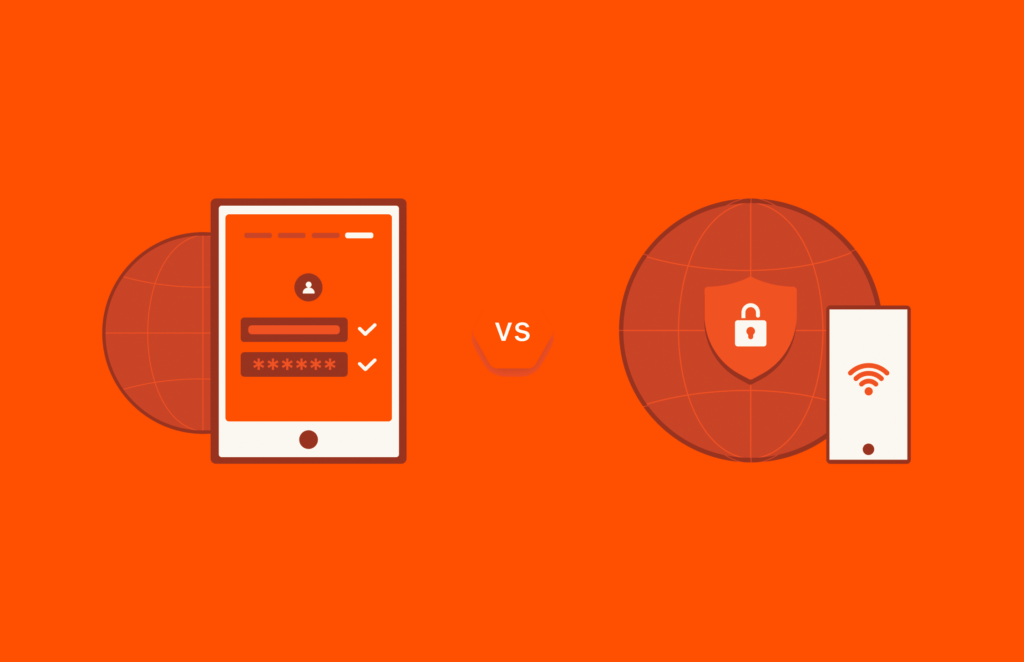A data mesh is a transformative shift in data management that emphasizes decentralized data organization and domain-specific ownership. It empowers businesses to harness data more effectively.
The term “data mesh” was coined by Nextdata founder and CEO Zhamak Dehghani in 2019 while she was working as an IT consultant for Thoughtworks.
What Is a Data Mesh?
A data mesh is a novel approach to data management that revolutionizes how organizations handle data. It advocates for breaking down data silos and organizing data by specific domains. This approach is built on four foundational concepts: domain ownership, self-service architecture, data products, and federated governance.
Domain Ownership
Domain ownership involves three key concepts:
- Building on domain-driven design: Data meshes build on the principles of domain-driven design by applying them to data. It encourages businesses to identify and define data domains that mirror their real-world operational domains.
- Responsibility of business teams: In a data mesh, the responsibility for data quality, reliability, and governance is shifted to the business teams closest to the data. These teams become accountable for their data domains.
- Tools and capabilities: Domain teams are equipped with tools and capabilities to manage their data independently, ensuring data ownership and autonomy.
Self-service Architecture or Platform
Data mesh advocates for domain autonomy, allowing business teams to manage their data without relying on centralized data teams. This empowers them to make faster data-driven decisions.
To enable self-service, data meshes require a robust infrastructure that supports self-service provisioning capabilities. This infrastructure enables domain teams to access, process, and analyze data seamlessly.
Data meshes also embrace a multiplane data platform approach, accommodating various technologies and data processing methods within different domains.
Data Products
Data meshes shift the focus from project management to product management. Data becomes a product, complete with its own lifecycle, stakeholders, and roadmap. These data products include structural components such as schemas, data pipelines, and documentation to ensure data is accessible and understandable.
Accountability shifts, as well. With data as a product, accountability for data quality, reliability, and usability rests with the domain teams who own the data.
Federated Governance
Data meshes promote a decentralized governance model. Governance responsibilities are distributed across domain teams, reducing the burden on centralized governance bodies. This approach differs from traditional data governance models, where a central team manages all aspects of data governance. In data mesh, governance is contextualized within each domain.
While governance is decentralized, a centralized data engineering team plays a pivotal role in providing tools, frameworks, and best practices to support domain teams.
History of the Data Mesh (How We Got Here)
Traditional centralized data architectures like data warehouses and data lakes have some fundamental limitations, including data silos, lack of agility, lack of data quality, and difficulties in scaling. Additionally, these centralized models can lead to data access and governance bottlenecks. As organizations expanded and diversified, these challenges became more pronounced, hindering the seamless flow of data-driven insights across the enterprise.
Data meshes are a response to the limitations of centralized data warehouses. They’re also a natural evolution from the promise of microservices, which proved the benefits of decentralized, domain-specific ownership and agility in software development but also led to an exponential increase in data sources.
Benefits of a Data Mesh
A data mesh offers many benefits, including:
- Improved data quality: With domain teams taking ownership of their data, there’s a natural incentive to maintain high data quality standards. This results in cleaner, more reliable data.
- Enhanced agility: Self-service data platforms empower domain teams to iterate and innovate rapidly. They can respond swiftly to changing business needs, market trends, and customer preferences.
- Innovation and collaboration: Decentralized data management encourages a culture of innovation. Domain teams, being intimately familiar with their data, can uncover unique insights and collaborate effectively, leading to innovative solutions and products.
- Scalability: Data meshes are inherently scalable. As the organization grows and new domains emerge, the framework can expand organically, accommodating new data sources and evolving business requirements seamlessly.
- Cost-efficiency: By distributing the responsibility for data across domain teams, organizations can optimize their resources more effectively. This decentralized approach often leads to cost savings by eliminating unnecessary redundancies and improving resource allocation.
- Adaptability: Data meshes are technology-agnostic, allowing organizations to leverage existing technologies while adopting new ones as needed. This adaptability ensures that the organization can evolve its data capabilities in line with technological advancements.
- Empowered teams: Data meshes can empower domain teams with data ownership, which fosters a sense of accountability and pride. Team members are motivated to explore data creatively, leading to a more engaged and productive workforce.
How to Implement a Data Mesh: A Step-by-step Guide
Implementing a data mesh within an organization is a strategic initiative that involves careful planning, collaboration, and a shift in mindset. This revolutionary approach to data management can significantly enhance data quality, foster innovation, and empower teams. To successfully implement a data mesh, consider the following steps:
Identifying Business Domains
The first step in implementing a data mesh is to identify and define the relevant business domains within your organization. These domains should align with the distinct operational areas or functions of your business. Each domain will have unique data requirements, and clearly defining them is crucial to the success of your data mesh implementation.
Assembling Domain Teams
With the domains identified, the next step is to assemble cross-functional domain teams responsible for data within their respective domains. These teams should comprise members with diverse skills, including data engineering, data science, domain expertise, and business analysis. Cross-functional collaboration ensures a holistic understanding of data within each domain.
Establishing a Self-service Data Architecture
To enable domain teams to work independently, it’s essential to establish a self-service data architecture. This architecture should provide domain teams with the tools and resources to access, process, and analyze data autonomously. Self-service platforms should be user-friendly, secure, and equipped with robust data governance features to maintain data integrity.
Building Domain-driven Data Platforms
Develop domain-driven data platforms tailored to meet the specific needs of each domain. These platforms should be designed to handle the unique data sources, processing requirements, and analytical tasks within the domain. Implement technologies that support data processing, storage, and visualization, ensuring seamless integration with existing systems and tools.
Implementing Cross-functional Teams
Encourage collaboration and knowledge sharing among domain teams. Facilitate regular meetings, workshops, and brainstorming sessions where teams can share insights, challenges, and best practices. Cross-functional collaboration not only enhances data quality but also fuels innovation as team members from different disciplines bring diverse perspectives to problem-solving.
Providing Training and Education
Offer training and education to empower domain teams with the skills and knowledge needed to manage data effectively. Training programs can cover various topics such as data analysis, data visualization, data governance best practices, and the effective use of self-service data platforms. Empowered teams are more confident in their abilities to handle data, leading to increased productivity and data-driven decision-making.
Evaluating and Refining
Continuous evaluation and refinement are essential aspects of data mesh implementation. Regularly assess the performance of domain teams, the quality of data products, and the overall effectiveness of the self-service data architecture. Gather feedback from team members and stakeholders to identify areas for improvement. Use this feedback to refine processes, enhance training programs, and optimize data platforms.
How Pure Storage Supports a Data Mesh
A data mesh represents a paradigm shift in data management, offering a holistic solution to the challenges of traditional data architectures. By embracing domain ownership, self-service platforms, data products, and federated governance, organizations can unlock the true potential of their data. The result is a more agile, innovative, and empowered organization capable of harnessing the full potential of its data to achieve strategic goals and stay ahead in today’s competitive landscape.
The best way to get started with a data mesh? Pure Storage.
The Pure Storage data platform is purpose-built to enable an effortless, efficient, and evergreen infrastructure that enables organizations to have:
- Speed, so they can be fast everywhere, across classic applications and new cloud infrastructure
- Agility, to empower developers to innovate faster and develop seamlessly across private, public, and SaaS clouds
- Intelligence, gleaned from analyzing all your data, at massive scale, in real time
Pure Storage provides all the storage services you need, including block, VM, file, or object, to consolidate everything, whether databases, virtual machines, analytics, or web-scale applications. It delivers Tier 1 data services to all workloads and drives productivity with industry-leading data reduction, proven 99.9999% availability, non-disruptive everything, built-in data protection, global flash management, endless extensibility, and effortless simplicity.
Learn more:
Try Before You Buy—Take the Pure Storage Test Drive
![]()




